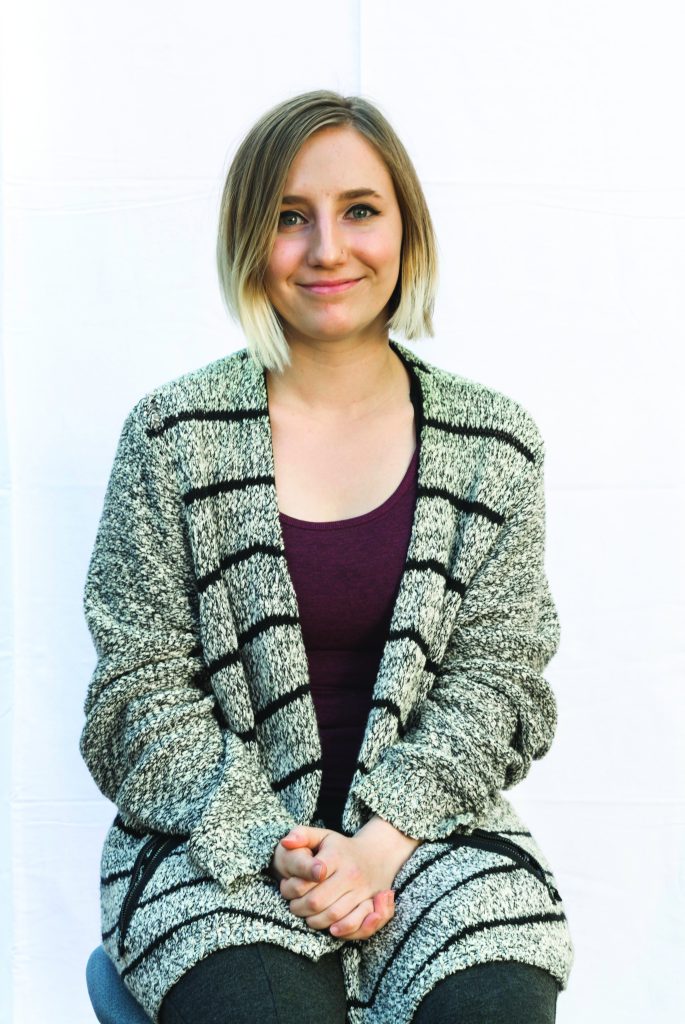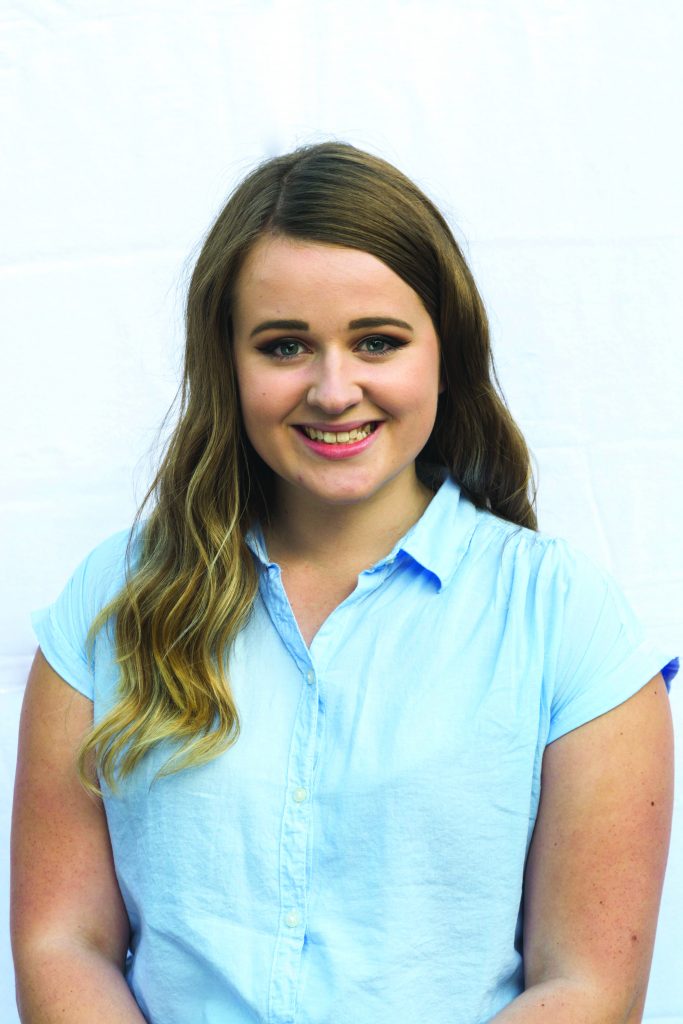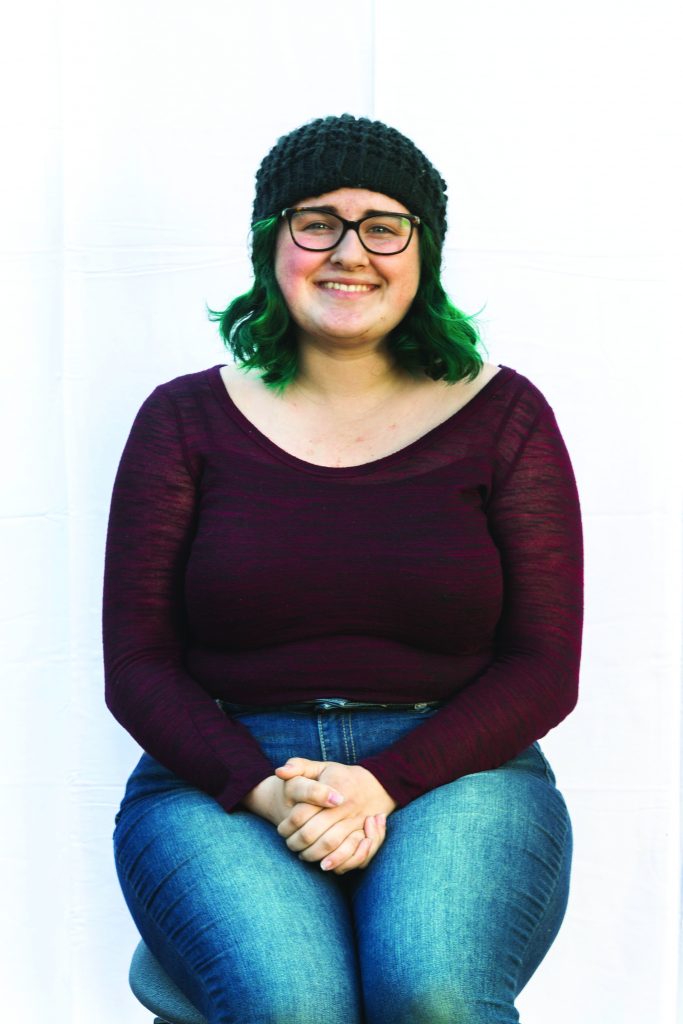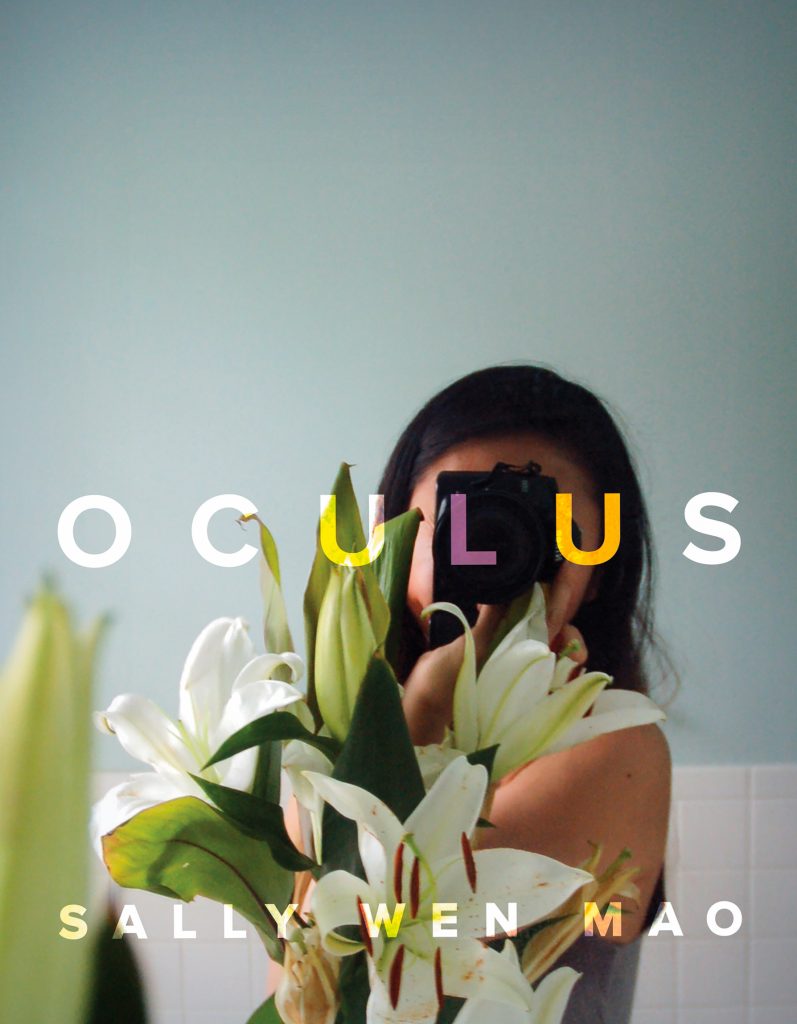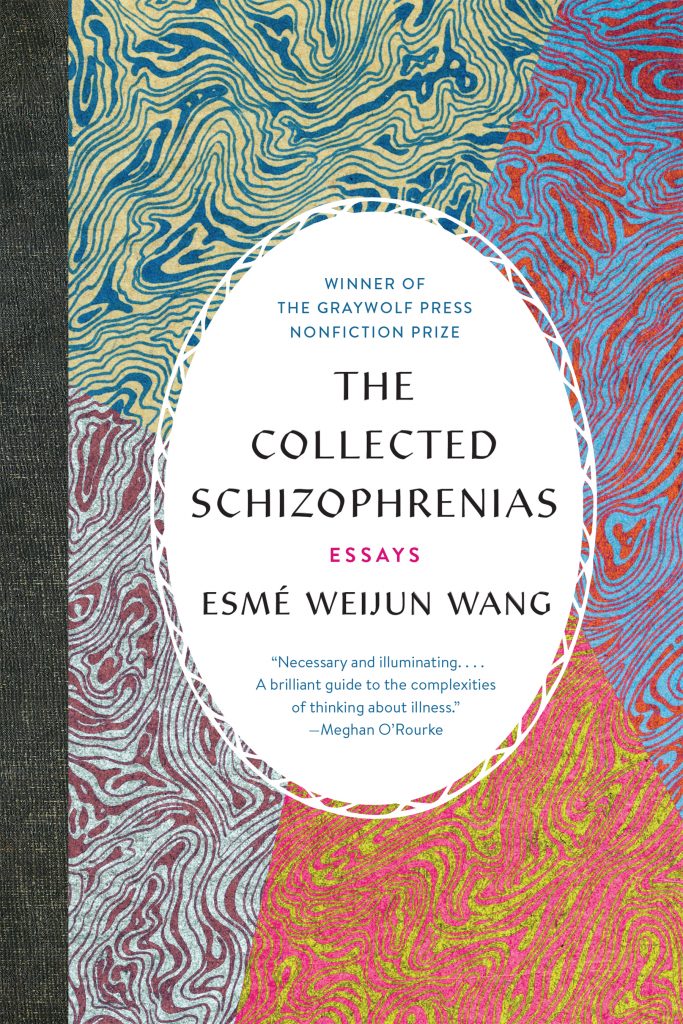
Chrys Weedon | Entertainment Editor
Esmé Weijun Wang has attended the prestigious institutions of Harvard University and Stanford University, and has an MFA from the University of Michigan. Wang is the winner of the 2016 Graywolf Press Nonfiction Prize, a published novelist and an experienced fashion blogger and editor. Wang also has schizoaffective disorder, bipolar type.
In her book “The Collected Schizophrenias,” Wang includes 13 essays concerning her life and what it’s like to live with schizoaffective disorder, bipolar type and late-stage lyme disease. The book starts with the essay “Diagnosis,” wherein Wang describes the science, and controversy, behind her diagnosis and related disorders such as bipolar disorder and schizophrenia.
Wang emphasized the importance of her diagnosis, even though some others with mental illness believe that diagnoses can be stigmatizing: “…I’ve always found comfort in preexisting conditions. I like to know that I’m not pioneering an inexplicable condition.”
In another essay, “High Functioning,” Wang discusses with brutal honesty the sensitivity she has about “appearing” ill. “I’m uncomfortable because I don’t want to be lumped in with the screaming man on the bus, or the woman who claims that she’s the reincarnation of God,” Wang wrote. The author wrote about how she often overcompensates with her fashion choices, so she can seem more high-functioning than she often feels.
Other essays cover topics including her choice to not have kids, how her psychosis has affected her life and higher education’s tendency to reject mental illness. Wang writes the fine line between accepting her mental illness as a large part of her life and being frightened of deteriorating and losing control of her life.
Wang’s writing is both relatable and informative — so little is known about schizophrenia and schizoaffective disorder, and misconceptions about the disorders run rampant. Wang’s transparency and eloquent writing style was truly a breath of fresh air for me, a person who also identifies as mentally ill.
“The Collected Schizophrenias” is a courageous and important piece of literature that looks at the complexity of mental illness through an intersectional lens. Wang’s most recent work describes what mental illness is like and reminds readers that a life with mental illness is worth living.
Overall rating: I would strongly recommend this book.
Contact the author at howlentertainment@wou.edu
Photo courtesy of graywolfpress.org


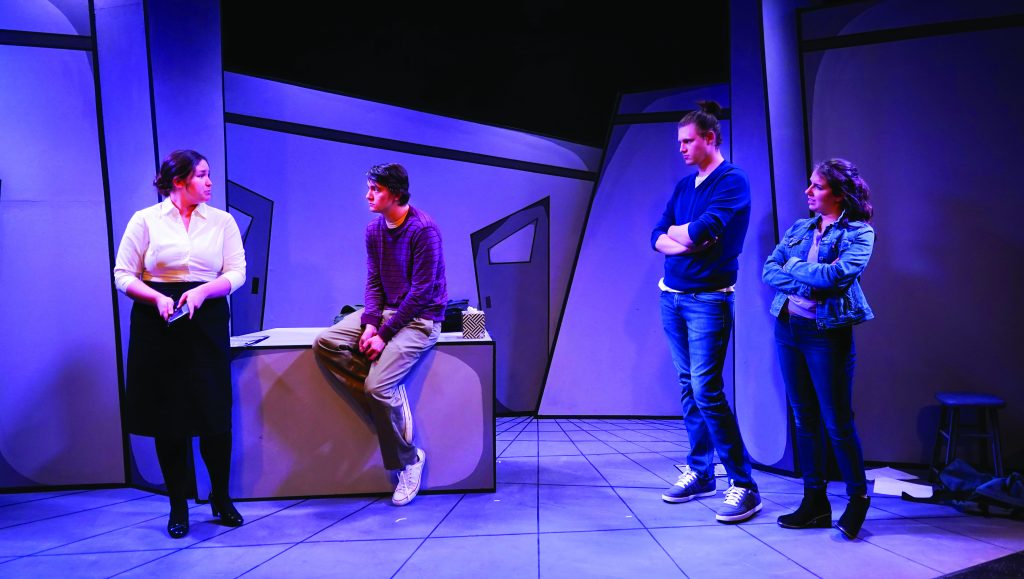
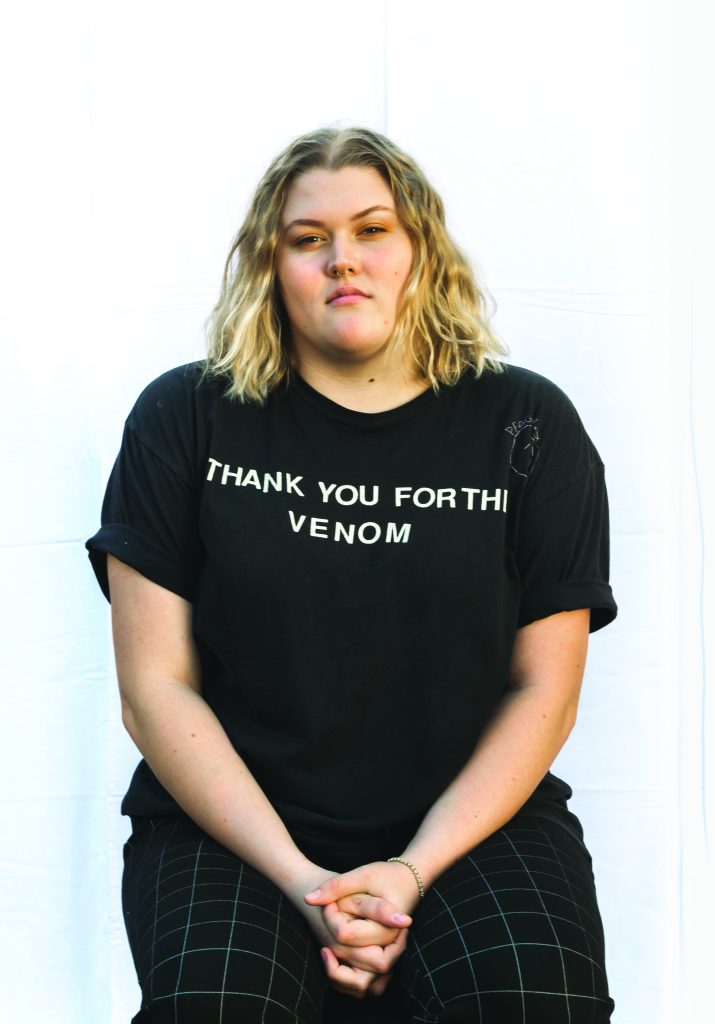
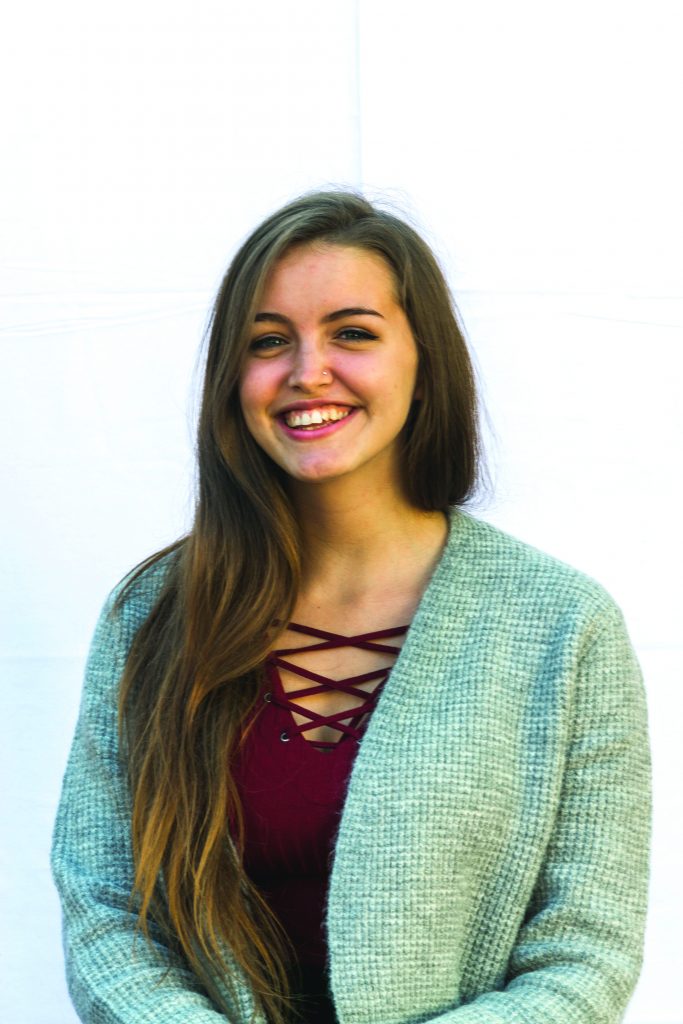
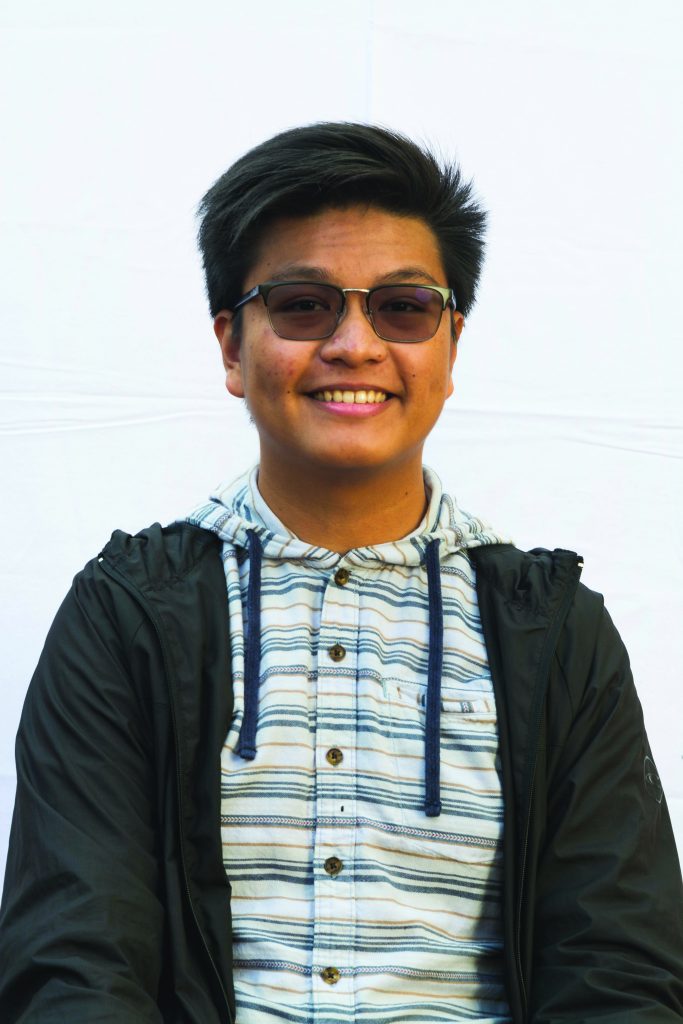 Kyle Morden | Digital Media Manager
Kyle Morden | Digital Media Manager